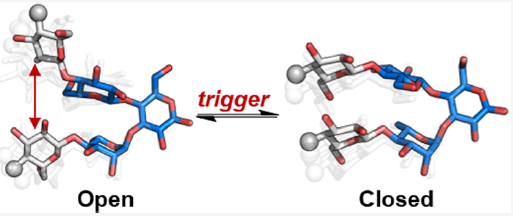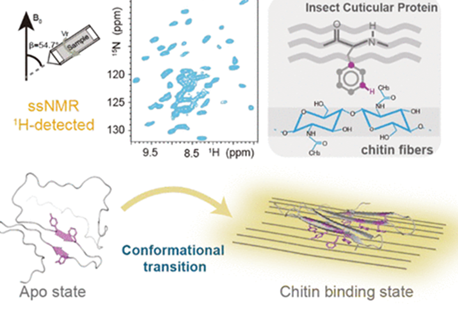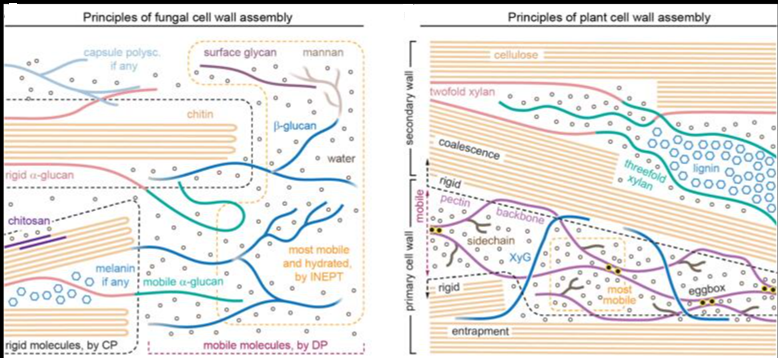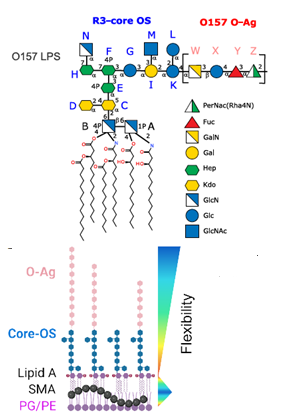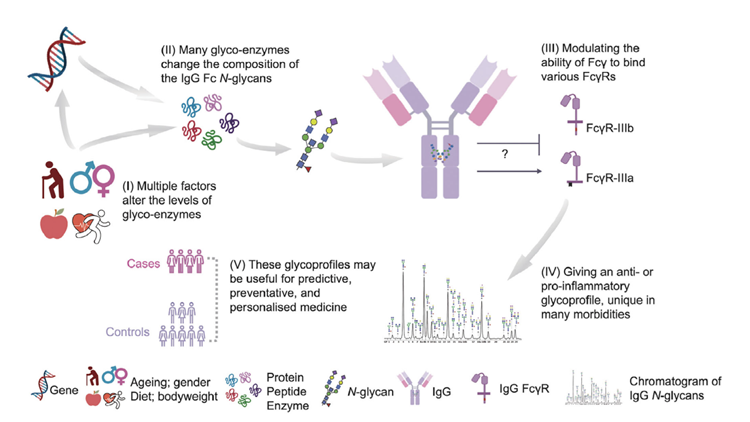Glycans are flexible molecules that can adopt multiple conformations, granting them significant biological versatility. However, this flexibility also poses a challenge for those trying to design stable and functional structures. The study presents an innovative strategy that involves the controlled incorporation of ionic groups, such as carboxylates, sulfates, and amines, at specific positions within glycan sequences. This allows the stabilization of conformations, such as hairpin structures, and the reversible control of their behavior using external stimuli.
The work focused on designing and manipulating glycan sequences, which, when modified with ionic groups, can induce the formation of defined structures. Researchers have demonstrated that these ionic functional groups enable the dynamic modulation of the glycan structure, promoting either opening or closing, depending on factors such as pH changes or the presence of enzymes.
A key aspect of the research was the use of advanced nuclear magnetic resonance (NMR) spectroscopy techniques, which allowed an in-depth study of the influence of ionic groups on the three-dimensional structure of glycans. The results showed that electrostatic interactions generated by the ionic groups can stabilize closed conformations through attraction, while repulsive forces favor open forms.
The study was structured around three main objectives. The first involved designing glycan sequences capable of adopting a hairpin conformation and manipulating their stability by incorporating different ionic groups. The second objective was to demonstrate how the interaction of these ionic groups with the environment enables the opening or closing of the glycan structure, allowing for dynamic control of its conformation. Finally, the study examined how external factors, such as pH variations or enzyme presence, can alter glycan structure and facilitate the formation of supramolecular materials.
The findings of this work offer new insights into utilizing glycans as functional materials that can respond to external stimuli and adapt their conformation according to the environment. This dynamic behavior opens the door to innovative applications, such as the development of smart drugs that switch between active and inactive states or the creation of glycan-based environmentally responsive materials.
